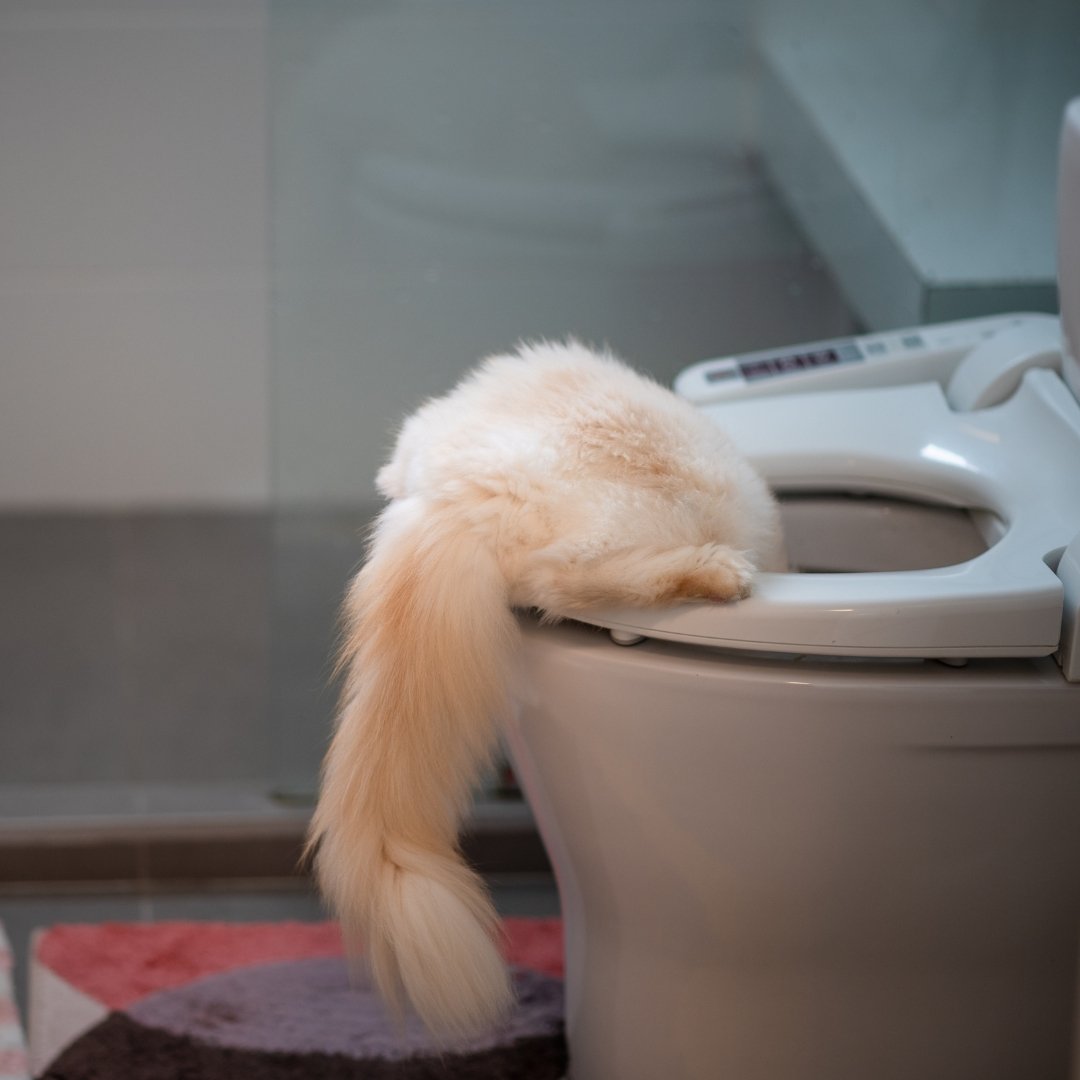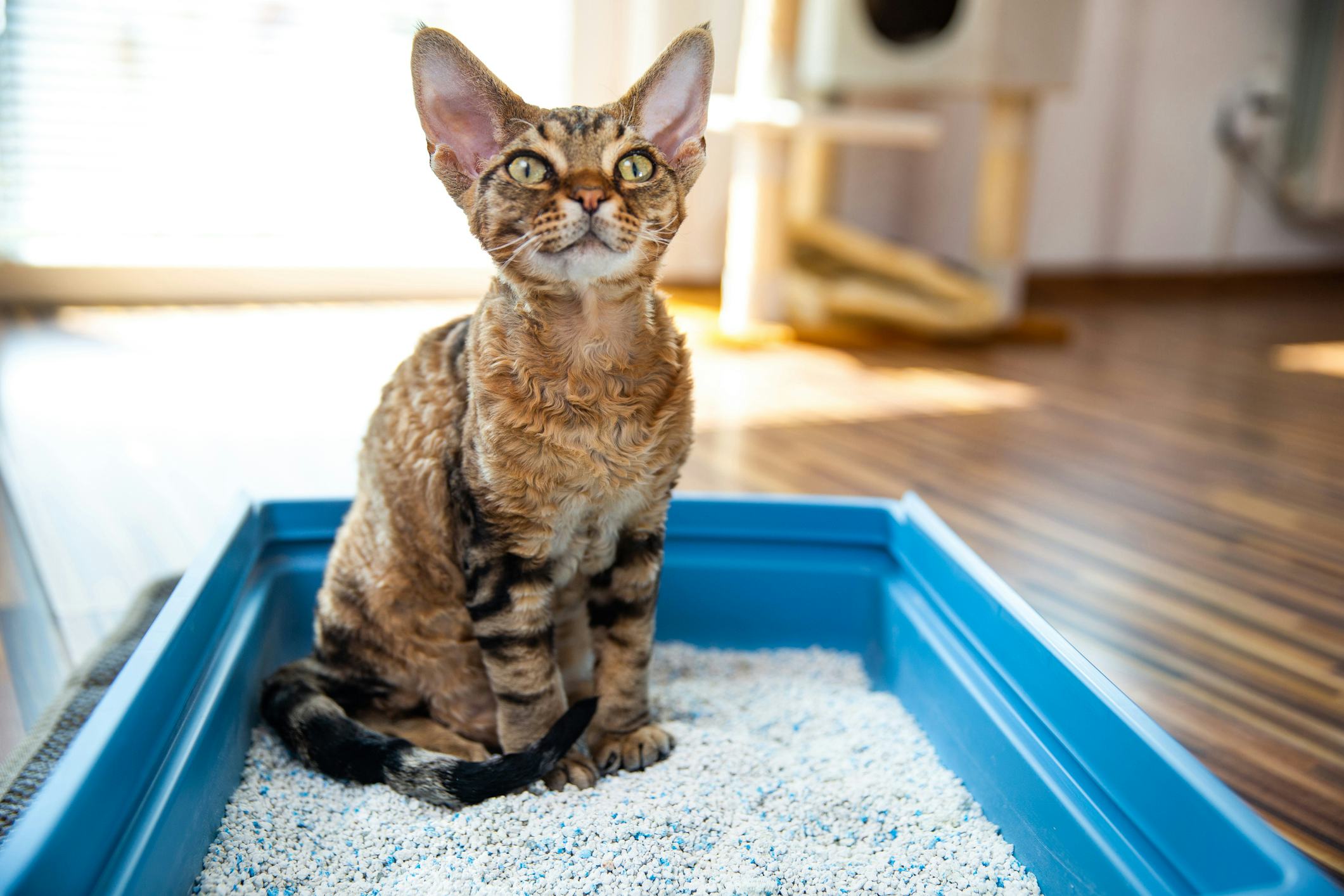We have unearthed this great article relating to How to Dispose of Cat Poop and Litter Without Plastic Bags listed below on the internet and reckoned it made perfect sense to talk about it with you on this page.

Intro
As cat owners, it's necessary to bear in mind exactly how we dispose of our feline pals' waste. While it might appear hassle-free to flush feline poop down the bathroom, this practice can have harmful repercussions for both the environment and human health.
Alternatives to Flushing
The good news is, there are much safer and a lot more responsible methods to throw away feline poop. Think about the adhering to options:
1. Scoop and Dispose in Trash
The most usual approach of taking care of pet cat poop is to scoop it right into a biodegradable bag and throw it in the garbage. Be sure to utilize a dedicated litter scoop and take care of the waste without delay.
2. Use Biodegradable Litter
Select biodegradable pet cat litter made from products such as corn or wheat. These trashes are environmentally friendly and can be securely taken care of in the trash.
3. Hide in the Yard
If you have a yard, take into consideration burying feline waste in a marked area far from veggie gardens and water resources. Make certain to dig deep sufficient to avoid contamination of groundwater.
4. Mount a Pet Waste Disposal System
Purchase an animal garbage disposal system particularly made for feline waste. These systems make use of enzymes to break down the waste, decreasing odor and ecological influence.
Wellness Risks
In addition to environmental worries, flushing cat waste can likewise position wellness dangers to people. Pet cat feces may have Toxoplasma gondii, a parasite that can create toxoplasmosis-- a potentially extreme ailment, especially for expecting ladies and individuals with damaged body immune systems.
Ecological Impact
Flushing feline poop presents harmful pathogens and parasites right into the water supply, positioning a considerable danger to water ecological communities. These contaminants can negatively affect marine life and concession water quality.
Conclusion
Accountable animal possession expands beyond giving food and sanctuary-- it also entails appropriate waste management. By avoiding flushing feline poop down the bathroom and choosing different disposal techniques, we can decrease our ecological impact and secure human health and wellness.
Why Can’t I Flush Cat Poop?
It Spreads a Parasite
Cats are frequently infected with a parasite called toxoplasma gondii. The parasite causes an infection called toxoplasmosis. It is usually harmless to cats. The parasite only uses cat poop as a host for its eggs. Otherwise, the cat’s immune system usually keeps the infection at low enough levels to maintain its own health. But it does not stop the develop of eggs. These eggs are tiny and surprisingly tough. They may survive for a year before they begin to grow. But that’s the problem.
Our wastewater system is not designed to deal with toxoplasmosis eggs. Instead, most eggs will flush from your toilet into sewers and wastewater management plants. After the sewage is treated for many other harmful things in it, it is typically released into local rivers, lakes, or oceans. Here, the toxoplasmosis eggs can find new hosts, including starfish, crabs, otters, and many other wildlife. For many, this is a significant risk to their health. Toxoplasmosis can also end up infecting water sources that are important for agriculture, which means our deer, pigs, and sheep can get infected too.
Is There Risk to Humans?
There can be a risk to human life from flushing cat poop down the toilet. If you do so, the parasites from your cat’s poop can end up in shellfish, game animals, or livestock. If this meat is then served raw or undercooked, the people who eat it can get sick.
In fact, according to the CDC, 40 million people in the United States are infected with toxoplasma gondii. They get it from exposure to infected seafood, or from some kind of cat poop contamination, like drinking from a stream that is contaminated or touching anything that has come into contact with cat poop. That includes just cleaning a cat litter box.
Most people who get infected with these parasites will not develop any symptoms. However, for pregnant women or for those with compromised immune systems, the parasite can cause severe health problems.
How to Handle Cat Poop
The best way to handle cat poop is actually to clean the box more often. The eggs that the parasite sheds will not become active until one to five days after the cat poops. That means that if you clean daily, you’re much less likely to come into direct contact with infectious eggs.
That said, always dispose of cat poop in the garbage and not down the toilet. Wash your hands before and after you clean the litter box, and bring the bag of poop right outside to your garbage bins.
https://trenchlesssolutionsusa.com/why-cant-i-flush-cat-poop/

I was made aware of that write-up on Can You Flush Cat Poo or Litter Down the Toilet? through an acquaintance on a different blog. Sharing is caring. Helping others is fun. I praise you for your time. Visit again soon.
Request Appointment